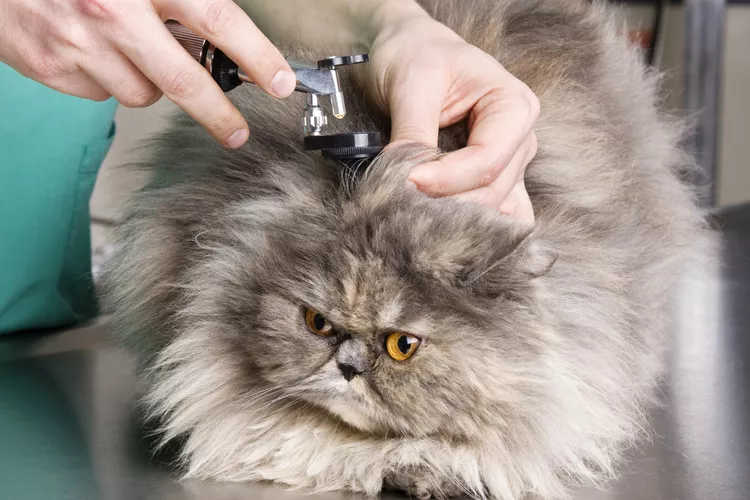
Ear infections are common among cats, and they can be tricky to treat because they have numerous causes. Cats' ears can be invaded by various parasites, irritated by allergies, or plagued by polyps. A veterinary diagnosis is crucial in determining a targeted treatment plan. Left untreated, ear infections can lead to hearing loss or more serious systemic infections. If you notice your cat scratching an ear or tilting its head, schedule a vet visit to investigate.
An ear infection is a bacterial or fungal overgrowth in a cat's ear canal. While there are numerous causes of infection, the root problem is an imbalance in the ear's natural flora. Excess moisture may accumulate due to structural abnormalities or foreign objects; while allergies or ear mites can cause irritation and the build-up of waxy debris. Whatever the trigger, the result is an infection that requires treatment to eliminate the specific cause and restore a healthy balance in the ear.
Regardless of the cause of the ear infection, the signs of an ear problem usually look similar. If you notice these issues, it's time to visit the vet:
Head shaking, tilting, and scratching are indicative of an ear infection, which may be present in one or both ears. The infection causes extreme itching and irritation. Unpleasant smells and discharge are more common once the infection has been active for over a week, and scabs from scratching will eventually become obvious in the absence of treatment. If ear mites are present, then a dark, waxy build-up will be apparent. Rarely do any of the other observable symptoms point to the cause of infection, which must be determined by a veterinarian.
Ear mites are responsible for a majority of the ear infections seen in cats. These parasites will be one of the first things your veterinarian checks for if your cat has an ear infection. The irritating presence of these tiny bugs inflames a cat's ears and causes excess wax production, prompting the cat to scratch and create open sores. The resulting ear environment is susceptible to bacterial overgrowth and infection.
Ear mites cause a characteristic dark brown to black discharge in the ears that looks a bit like coffee grounds. The presence of this discharge is often the first indication that your cat has ear mites. Your veterinarian may also examine the debris from your cat's ears under a microscope to find evidence of ear mites. Once identified, mites can be treated with miticide ear drops, or a systemic pest control medication will be prescribed to treat the problem. If a secondary bacterial infection has developed, then antibiotics may be prescribed as well.
External or environmental factors cause most ear infections in cats, triggering inflammation and throwing off the balance of the ear so that bacteria or fungi can thrive. In some cases, small polyps may grow in a cat's ear which also set the stage for infection due to blockage and moisture accumulation. The most common causes of ear infections in cats are:
The diagnosis starts with an examination of the ears. Your veterinarian will perform an examination of your cat's ears with an otoscope, which illuminates and magnifies the inside of the ear canal. Your vet will look for signs such as redness and inflammation, discharge, polyps, foreign bodies, or any other abnormalities.
Depending on the severity of the infection, sedation may be necessary to thoroughly flush the ear canal and conduct a thorough examination.
Ear cytology is sometimes necessary if a cause can't readily be identified. This involves swabbing the inside of your cat's ear and then using a microscope to look for abnormal cells, bacteria, or yeast. The results of this test will help your veterinarian determine which antibiotics or other medications are best used in your cat's ears.
An ear culture may be performed, particularly if ear cytology indicates a bacterial infection that is not responding well to antibiotic treatment. An ear culture will tell your veterinarian what type of bacteria is present in your cat's ears and test specific antibiotics to determine if they are effective in killing that bacteria.
Since there are many different causes of feline ear infections, there is no single treatment that will work for every situation. In some instances, antibiotics or antifungals may be warranted. In others, simply cleaning and flushing the ear canal may be sufficient. Ear mites require a specific pesticide, while polyps may need to be surgically removed. Dietary changes to eliminate allergenic food items are a longer-term "test" treatment to see if the cat's infection clears up completely, and you will probably need to treat the ears topically during this time to ease inflammation and allow healing of the tissues.
Cats usually respond well to treatment for ear infections and recover within a few weeks. Ear mites may require multiple treatments of miticide to fully eradicate the problem, but persistence will pay off. Polyps require more invasive treatment, so the cat's recovery will depend on the severity of the problem and the health of its immune system.
While it's not possible to prevent your cat from ever getting an ear infection, you may be able to prevent an infection from becoming serious by being alert to the symptoms. Healthy cat ears are light pink, free of wax and other debris, and don't have an unpleasant odor. A change in the color or smell of its ears may indicate that your cat has an infection brewing. Cats' ears should not be flushed regularly in an attempt to keep them clean; doing so may alter the ears' natural bacterial balance and make them more susceptible to infection.
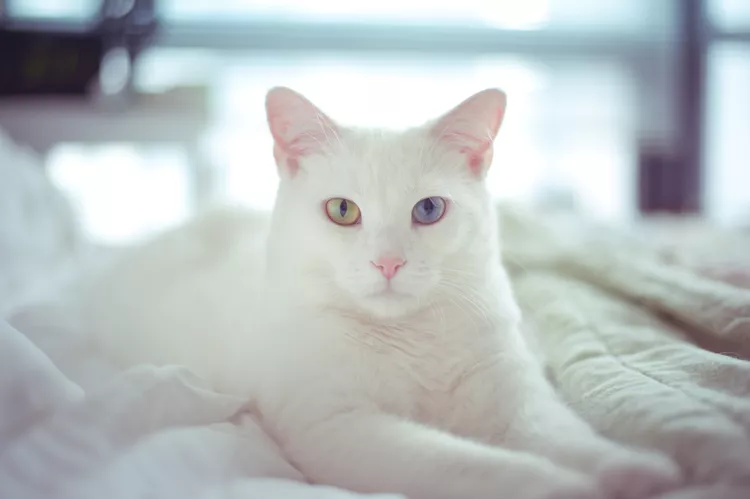
100+ White Cat Names
White cat names can pay homage to their wintry fur, like Snowflake or Frosty, but can also be playful, such as Marshmallow, or elegant, like Pearl.
117 Funny Cat Names That'll Make you Chuckle
The top funny names for cats play on your kitty's personality, size and shape, or general catitude.
15 Unique Male Cat Names
Instead of commonplace Tiger or Oscar, our list of unique male cat names will hopefully inspire you to pick something different.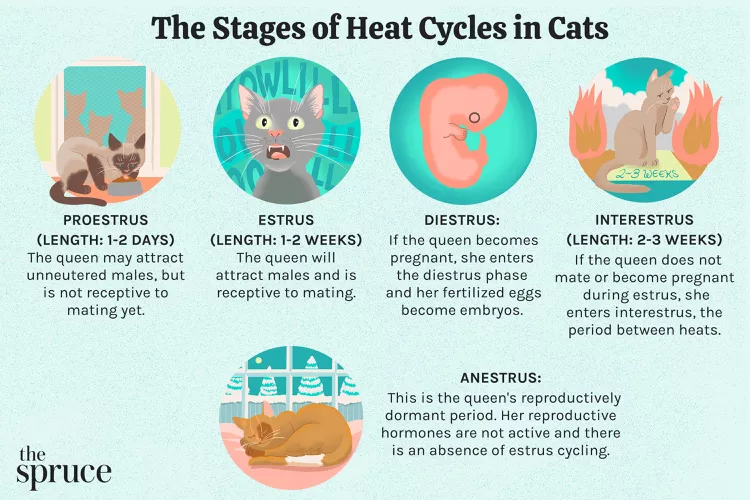
How Long Are Cats in Heat?
How long are cats in heat? Learn about the heat cycles of cats, also called estrus, as well as the reasons you should spay your cat.
Are Christmas Trees Poisonous to Cats and Dogs?
Many people worry about their pets knocking over the Christmas tree, but what happens when they chew on it? Learn if Christmas trees are toxic to pets.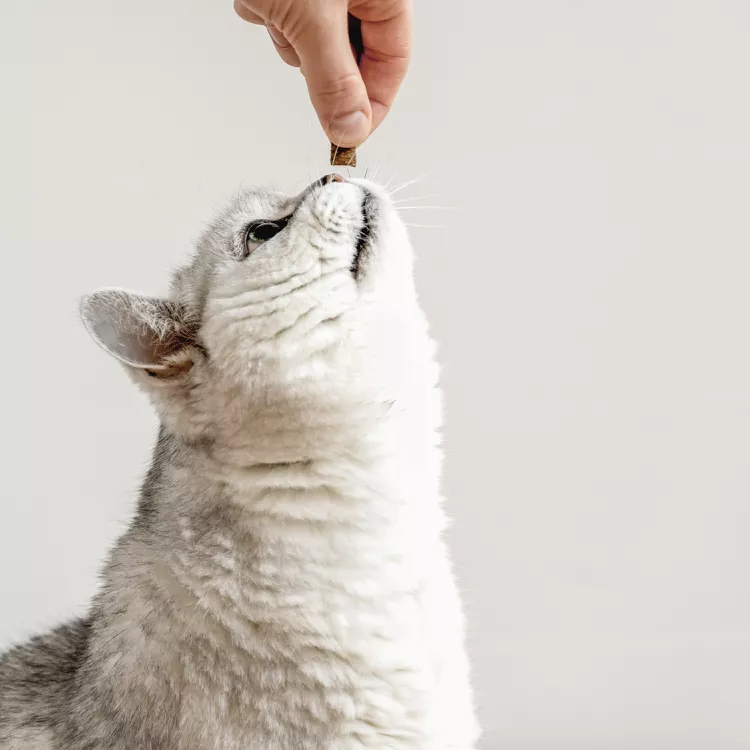
Can Cats Eat Peanut Butter?
Peanut butter is not toxic to cats, but it might not be the best choice of treat for them.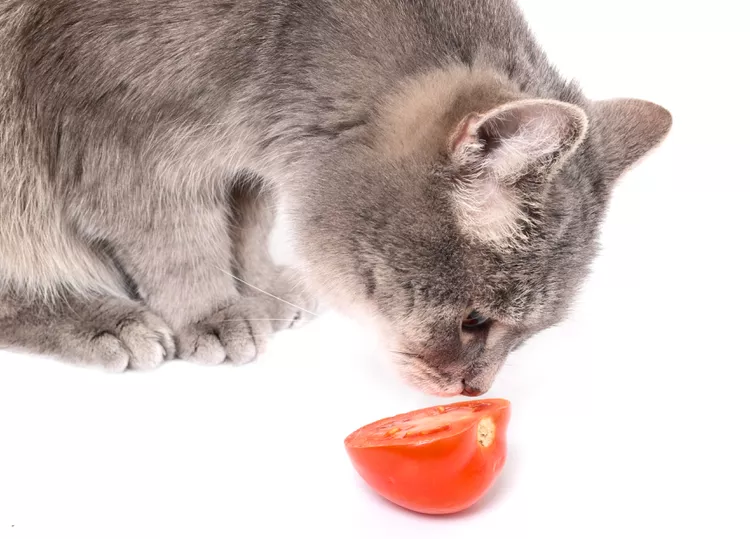
Can Cats Eat Tomatoes?
Tomatoes are a healthy snack for humans but should mostly be avoided for our feline friends.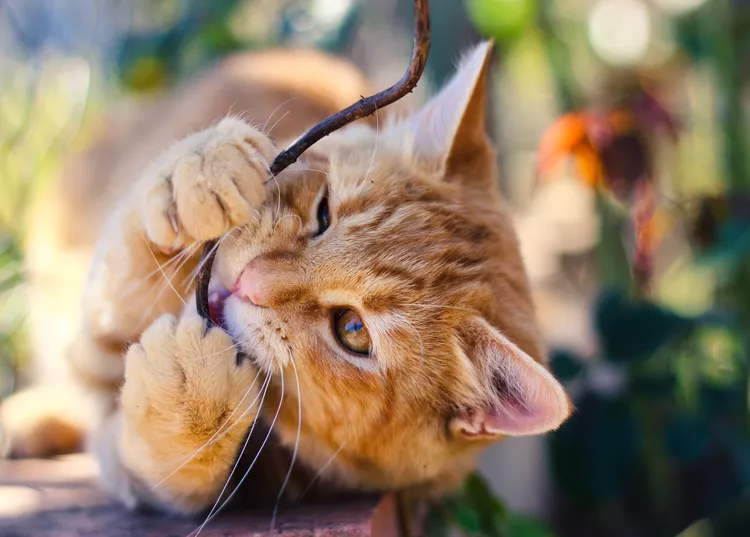
How to Stop Destructive Chewing in Cats
Cats are known to chew on objects such as shoes, furniture, and cords. Learn how to stop this behavior to keep your cat (and household objects) safe.
Neutering Your Dog Explained
What does it mean to neuter a dog? Learn about neutering or castration in dogs and why it is done. Find out what to expect when your dog is neutered.
Cardigan Welsh Corgi: Dog Breed Characteristics & Care
Learn all about the Cardigan Welsh Corgi, a unique-looking dog breed known for its larger-than-life personality and complete devotion to its family.
Littermate Syndrome in Dogs
Dogs that grew up together as littermates may have conflicts when they live together as adults. Here's everything you need to know about littermate syndrome in dogs.
Why Do Dogs Eat Dirt?
Some dogs eat some strange things. What does it mean if your dog eats dirt and when should you be concerned?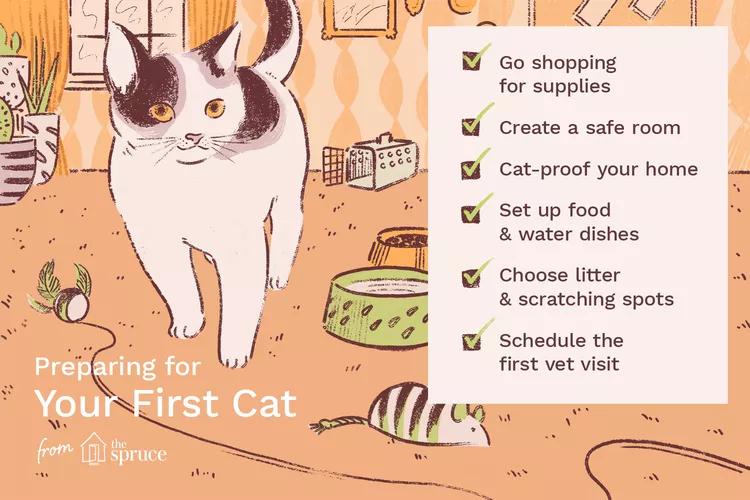
Everything You Need to Know About Raising Your First Cat
Whether you are thinking about getting a cat or just adopted your first one, these are the things to know to make your relationship a lasting one.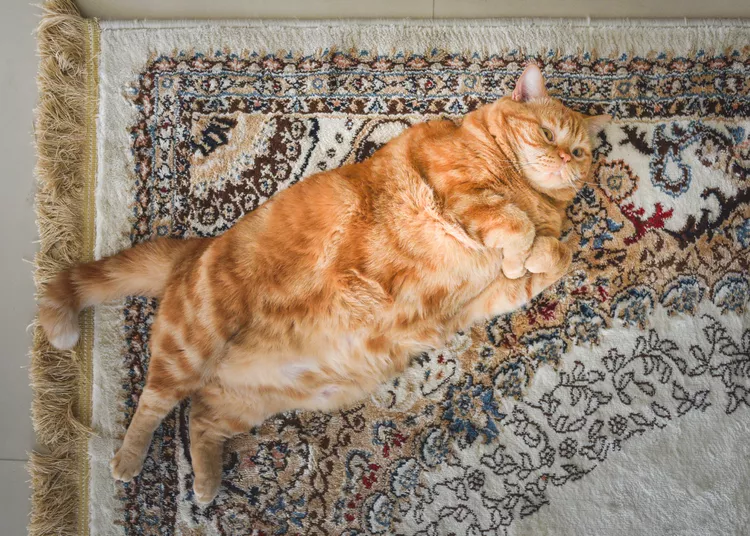
8 Ways To Help Your Cat Lose Weight
Cats who are at a healthy weight are happier, more agile, and tend to live longer. Here are 8 tips for managing a cat weight loss programme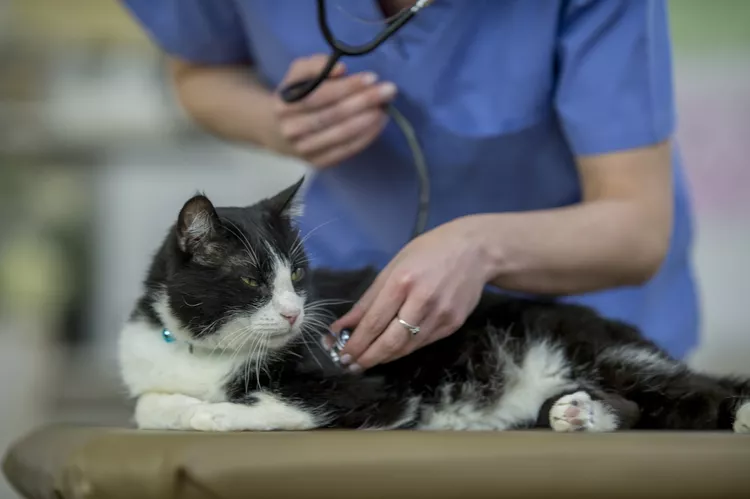
Heart Disease in Cats
Like humans, cats can get heart diseases that may lead to serious problems. Learn all about symptoms along with the causes, treatment, and prevention.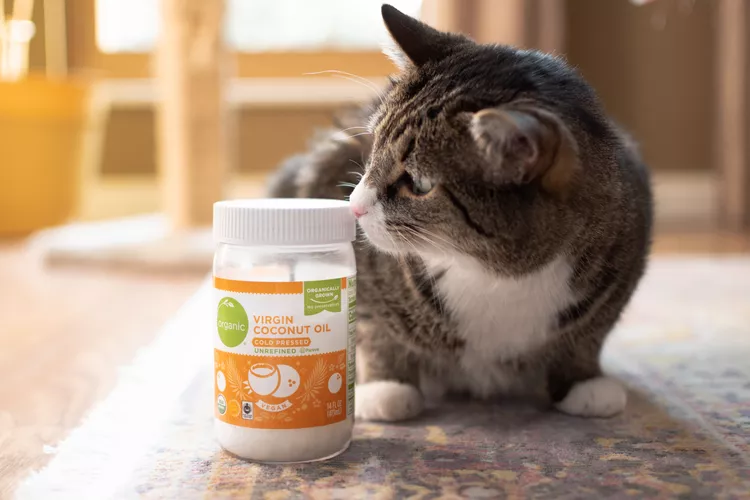
Is Coconut Oil Safe for Cats?
Coconut oil is touted as a miracle food. Can coconut oil improve your cat's health? Is coconut oil even safe for cats?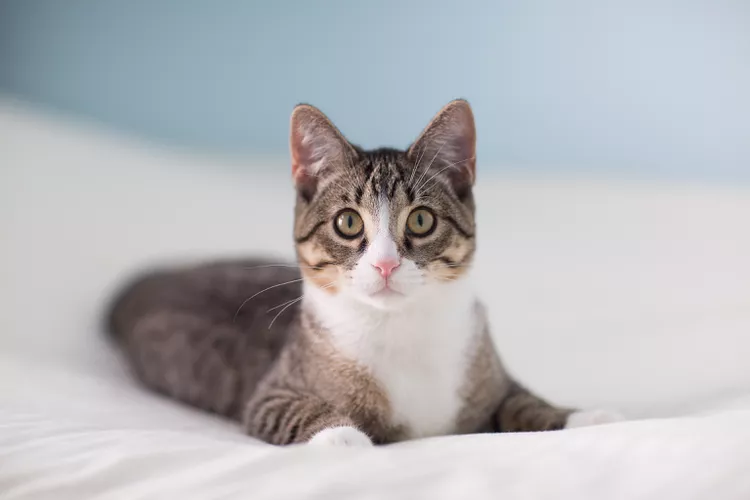
Why Do Cats Stare at Walls?
Cats can have some quirky behaviors, including staring at walls. Why do cats do this and when should you be concerned?
Patellar Luxation in Dogs
If your dog has a knee that seems to pop out of place, it may have a patellar luxation. Find out what this means and what can be done about it.
13 Signs of Cancer in Dogs
The signs of cancer in dogs may include lumps and bumps, lethargy, vomiting, diarrhea, pain, abdominal swelling, and more. Signs may be mild or obvious depending on the type of cancer and its severity. Learn common signs of cancer in dogs so you’ll know when to call the vet.
Ear Mites in Puppies and Dogs
Ear mites can be a big discomfort for puppies and dogs. Learn about the causes, treatment, and prevention to keep mites away from your pets.